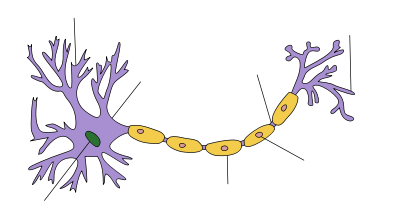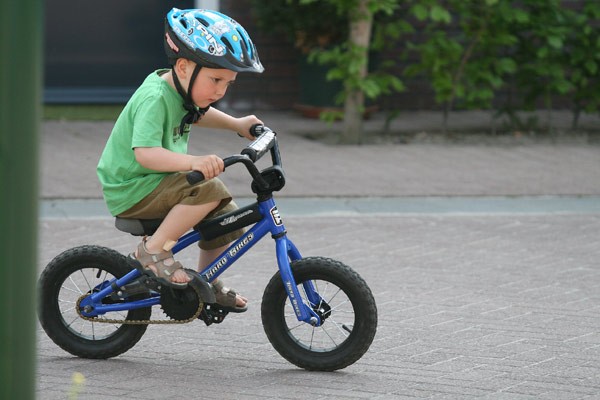A few weeks ago, after returning from USA Hockey’s ADM Symposium I ordered a half dozen books, many of which were recommended by the presenters. After wrapping up On Combat: The Psychology and Physiology of Deady Conflict in War and in Peace by Lt. Col Dave Grossman and Loren W. Christensen (a really interesting insight into “warrior preparation”), I opened The Talent Code: Greatness Isn’t Born, It’s Grown by Daniel Coyle. I knew I would have a hard time putting The Talent Code down, as Bounce by Matt Syed, which is written on a similar topic, is one of my favorite books of all time.
As you may have noticed, I’m on a bit of a long-term athletic development kick recently. That USA Hockey Symposium really “lit my lamp”. The symposium was largely responsible for sparking these posts, which I encourage you to read if you haven’t already:
There are clearly areas for improvement in our long-term hockey development programs, and I think USA Hockey is on the right track with their guidelines and recommendations. As I anticipated, components of their ADM are being criticized largely by people that haven’t taken the time to fully understand the intentions, guidelines, and progressions of the system. It’s a shame that the people with the loudest voices have a tendency to be the least well-informed.
Getting back to my reading endeavors, I thought Bounce was interesting because it systematically challenged the idea of “natural talent”. While this doesn’t quite do the book service, I think Bounce was a creative way of explaining the 10,000 Hour Rule, and how seemingly “natural” talents can always, regardless of the chosen field, be explained via dedicated practice. As Michaelangelo said,
“If people knew how hard I worked to get my mastery, it wouldn’t seem so wonderful at all.”
Simply, in every case, peak performers have put forth a RIDICULOUS amount of focused, progressive effort to achieve their excellence. They don’t just go through the motions; they attempt, refine, and attempt again until they get it right. Daniel Coyle does a great job of explaining the physiology behind how this eventually leads to automacity (consistent performance without conscious thought).
The secret lies in myelin. Myelin forms a sheath around the axon of neurons. Think of the neuron’s axon as a wire, and myelin as the casing around it. Myelin serves to “insulate” the axon, creating a smoother, faster signal. Because all active human movement (and thought for that matter) results from the coordinated firing of vast neuronal networks, myelin has a profound effect on our everyday lives.

Cartoon Neuron. Myelin in yellow.
Think about it. EVERYTHING you think or do involves the firing of a vast network of neurons. When you drink Generation UCAN after your practice, a specific network of neurons fires. When you celebrate after a great game, a specific network of neurons fires. When you get mad because you don’t like a coaching decision, a specific network of neurons fires. As a network fires more and more, more myelin is laid down to insulate the connecting axons (the cord connecting one neuron to another). In other words, that pathway is reinforced and becomes more efficient. As I’ve mentioned, this has tremendous physical AND psychological implications. Essentially, this explains “muscle memory”, why highly practiced skills can be replicated with decent proficiency even after a long hiatus. This also explains why it becomes increasingly easy to skip going to the gym to train.
Lesson 2: Every decision or indecision, action or inaction results in a physiological response that makes you more likely to do it the same way again in the future.

You may have heard the expression “It’s like riding a bike”, which eloquently illustrates the idea of muscle memory. Although, when I got on a bike while at grad school at UMass for the first time in over 10 years, I didn’t feel so balanced. I must have not laid down enough myelin.
The key to becoming a world-class athlete isn’t just to pick your parents right as is often said; it’s to develop highly myelinated high performance neuronal networks. This doesn’t mean that performing a movement incorrectly is undesirable. Quite the contrary. In fact, stumbling through practice is NECESSARY to find the right movement, which can be cemented with further practice. The idea isn’t to not make mistakes; it’s to not overlook mistakes. Mistakes are an important step in the skill development process. But what happens if an athlete, in practically any team sport, makes a mistake that results in a turnover? Instant negative feedback from the coach. A single failed attempt paired with negative feedback causes most athletes to abandon that strategy. Is it any wonder that athletic development experts are calling for more UNSTRUCTURED play amongst athletes at younger ages? These “pick-up” settings typically involve more movement, more “touches” with the ball/puck, and ultimately more opportunities to self-correct. In other words, they have more opportunities to identify effective neuronal networks and start laying down myelin.
Lesson 3: Unstructured play and uncoached small area games create outstanding environments for rapid skill development.
Take Home
At every level of sport, you hear athletes, parents, and coaches talking about how “talented” an athlete is, as if their abilities were developed passively. I’m becoming increasingly convinced that talent, or natural ability as we currently think of it, doesn’t exist. Or should I say, the neuronal network that creates the thought that talent may not exist is becoming increasingly myelinated. The trouble in accepting that talent doesn’t exist, is that we need to look at two athletes, the best and worst on any given team, and treat their potential for future excellence equally.
To your success,
Kevin Neeld
Please enter your first name and email below to sign up for my FREE Athletic Development and Hockey Training Newsletter!